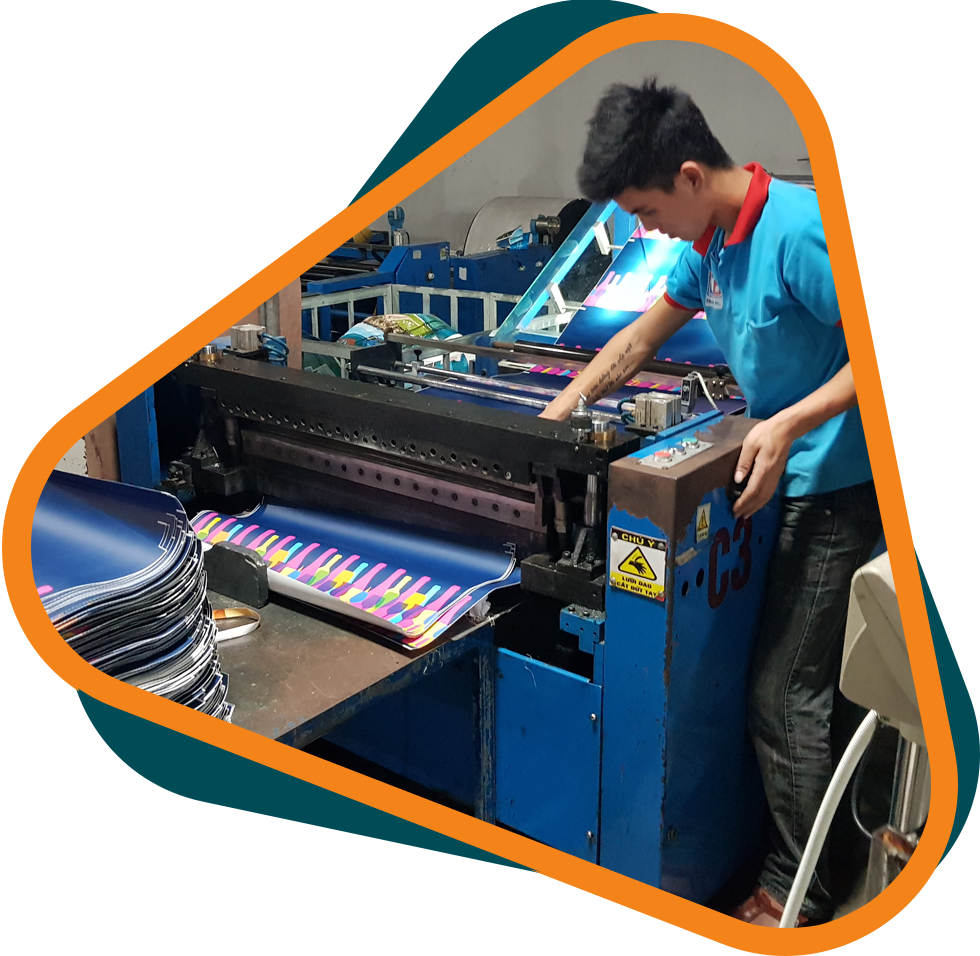Branding
Techniques
When it’s time to add your company name, logo, branding or bespoke artwork to your promotional products, we offer a wide variety of printing techniques for you to choose from.
If you’re not sure which one is right for you then we are here to help. We will always provide our professional recommendation based on the type of promotional product that you are designing and the materials and colours being used to make sure you get the desired look.

- CMYK Printing
- Digital Printing
- Embriodery
- Engraving
- Foil Printing
- Glitter Printing
- Litho Printing
- Ombre Printing
- Pad Printing
- Rotary Printing
- Screen Printing
- Tonal Printing
- Transfer Printing
This printing technique uses a special digital printer in CMYK colour mode which enables the user to create exact Pantone colour matches. This is a slightly more expensive method of printing but it can be essential when a design requires specific colours.
- Great for detailed, colourful designs
- Allows for more accurate and consistent branding
- Best suited on white or lighter coloured fabrics
Only suitable for flat or curved surface
Digital printing is the most modern and cost-effective method. A digital-based image (PDF) is sent to the printer and a laser or inkjet is used to apply that image to a surface.
It’s simple, fast and works really well on bags, kitchen textiles and clothing.
- Quick turnaround times
- Great for small quantities
- Best suited for vibrant colours and complex designs
Only suitable for flat or curved surfaces
Embroidery uses a needle and thread to stitch the artwork or pattern into a fabric giving it a more luxurious look. Though it can be more time-consuming and costly than other printing methods, it adds a lot more value to the product. It’s always a great option for bags and kitchen textiles.
- Very hard-wearing
- Looks professional and more premium
- Best suited for simpler logos and artwork
- Only available on fabrics such as cotton, jute and canvas
Engraving adds a more personal feel to your promotional product. It uses laser technology to mark the surface resulting in crisp and sharp branding with no ink or other materials involved.
It’s a firm favourite for promotional drinkware and stationary.
- Long-lasting as the design won’t fade or discolour over time
- Always looks smart and professional
- Best suited for simple logos and artwork that doesn’t require colour
Typically used on wood, glass and metal
Foil printing adds a premium look to any product. It uses a pre-glued metallic foil and a heated die to press the design into the surface of the material. It works well for single colour artwork and can be used on a variety of materials but looks great on bags, notebooks and clothing.
- Leaves a lasting impression
- It creates a luxe, eye-catching look
- Best suited for simple artwork with no colour variation
Works well on cotton and leather
Glitter printing is a type of transfer printing that uses the glittering granules visible after print as part of the design. It’s a great way to make a statement and can be used on virtually any material but it isn’t the most durable printing method.
- Adds character to single colour artwork
- It’s cost-effective and quick
- Best suited for simple designs with a fun message
Works well on cotton and canvas
Litho printing (lithography) is a trusted classic. The artwork or image that you want to produce is placed on a plate and covered in wet ink which is then used to print on various materials. It’s a solid choice for bags, clothing and kitchen textiles.
- It’s great for larger quantities
- Quite durable as the ink soaks into the material
- Best suited for large blocks of solid colour
- Works well on cotton, jute and canvas
Ombre printing is the blending of one colour hue to another usually moving from lighter to darker tints or shades. It can be really effective when used appropriately and it works as a technique on any type of promotional product.
- Unique and eye-catching effect
- Very on-trend and of the times
- Best suited for bright and bold colours
Works best on cotton, canvas and jute
With this technique, the artwork is etched into a silicone pad then ink is applied and the printing plate is pressed down onto the material. This allows for 2D artwork to be printed onto 3D objects making it a highly desirable method of printing. It’s great for stationary and drinkware.
- Extremely versatile and works on any type of surface
- Can achieve high resolutions creating sharper images
- Best suited for products with an irregular shape
Works best metal, wood and steel
One of the most commonly used print methods for fabrics, rotary printing is when ink is pressed through mesh on a cylindrical screen onto the material as it is continuously rolled through. It works on many fabrics and is ideal for bags, clothing and kitchen textiles.
- A fast and efficient method
- Very few limitations which is why it’s so popular
- Best suited for complex designs
Works best on cotton, canvas and jute
Screen printing (or silkscreen printing) is a popular, traditional printing technique. It uses ink which is pressed through a stencilled mesh screen to create a printed design on the surface beneath it. It’s ideal when printing on textiles and is always a favourite for bags and clothing.
- Very hard-wearing
- Produces vivid colours, even on darker fabrics
- Best suited for simpler logos and designs
- Works best on cotton, jute and canvas
Tonal printing is a more subtle technique that is used to create a worn look. It uses water-based ink to create a hue that is lighter or darker than the fabric being printed on that makes it look aged. It’s ideal when you want to achieve a very specific vintage feel on your textiles.
- It’s quite a unique print method
- Creates an impactful and stylish vintage look
- Best suited for subtle and simple artwork
Works best on cotton, jute and canvas
Considered an old-school method, transfer printing uses a heat press to apply a design from paper onto another surface. There are endless possibilities when using this technique as there are no restrictions when it comes small, intricate details.
- Premium quality and finish
- No limitations with designs or colours
- Best suited for any and all artwork
Works best on cotton and canvas
